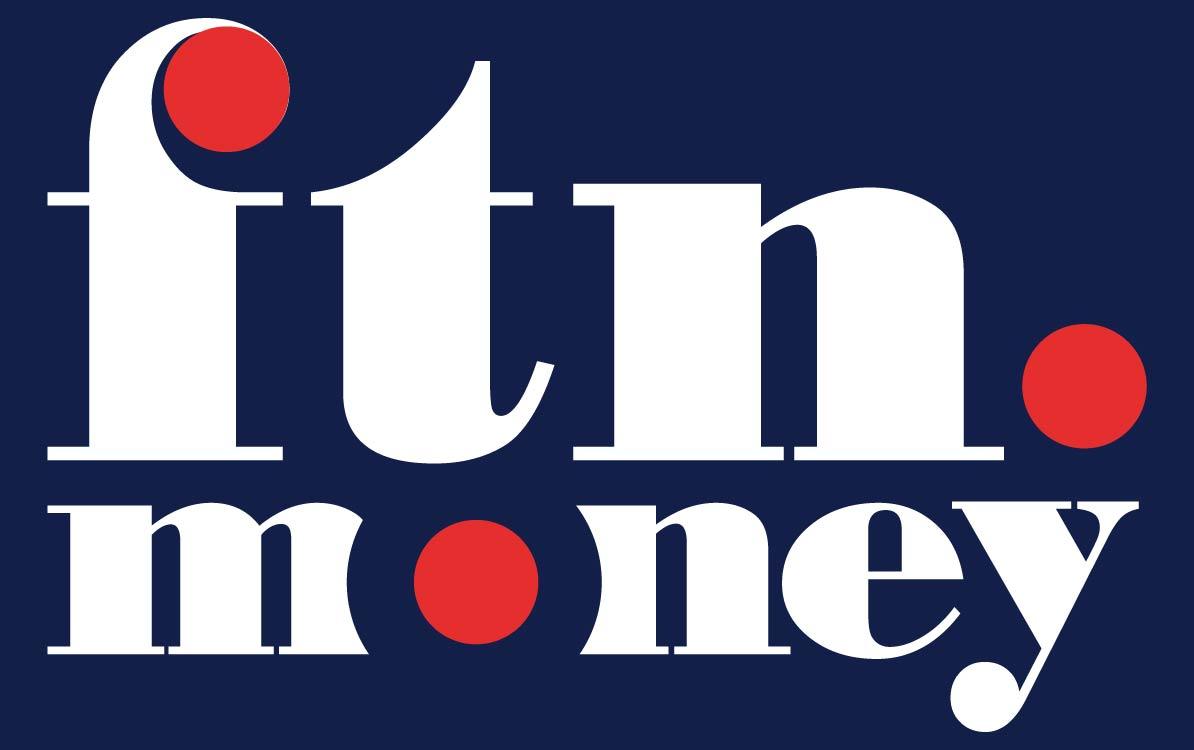Everything You Need to Know About Cross-Border Payments as a Consumer
In an increasingly globalised world, the need to send and receive money across borders has become a common necessity for many consumers. Whether you’re paying for an overseas purchase, sending money to family abroad, or receiving payments from international clients, understanding the intricacies of cross-border payments can save you time, money, and frustration. This article delves into the key aspects of cross-border payments, providing essential insights for consumers navigating this complex landscape.
Why Cross-Border Payments Matter for Consumers Today
The Growing Need for International Transactions
The global economy has never been more interconnected. According to the World Bank, remittances sent by migrant workers to their home countries reached $540 billion in 2021, highlighting the significant role of cross-border payments in supporting families and economies worldwide. For consumers, these transactions are not just financial but often carry a personal significance, making it crucial to understand the processes and costs involved.
The True Cost of Sending Money Internationally: Fees, Exchange Rates, and Hidden Charges
Bank Transfers vs. Digital Wallets: A Cost and Speed Comparison
Traditional bank transfers have long been the go-to method for international payments, but they come with notable drawbacks. Banks often charge high fees for cross-border transactions, and processing times can vary significantly. According to a report by McKinsey, the average cost of sending $200 internationally via a bank transfer is around $14, with processing times ranging from a few days to over a week.
In contrast, digital wallets and fintech solutions offer a more cost-effective and faster alternative. Companies like TransferWise and Revolut charge significantly lower fees and provide faster processing times. For instance, TransferWise’s average fee for the same $200 transfer is around $3, with transactions often completed within 24 hours.
Why Do Exchange Rates Differ Across Payment Providers?
Exchange rates play a crucial role in determining the final amount received in a cross-border transaction. Banks and payment providers often use different exchange rates, which can significantly impact the amount of money you receive. For example, a study by the International Monetary Fund (IMF) found that banks may charge an average markup of 5% on exchange rates, while fintech companies typically offer rates closer to the mid-market rate.
Which Cross-Border Payment Methods Are the Fastest and Most Cost-Effective?
Cryptocurrency and CBDCs: The Future of Cross-Border Transactions?
Cryptocurrencies and Central Bank Digital Currencies (CBDCs) are emerging as potential game-changers in the cross-border payment space. Cryptocurrencies like Bitcoin and stablecoins offer fast, borderless transactions with minimal fees. For example, a study by the Bank for International Settlements (BIS) showed that cryptocurrency transactions can be completed in minutes, with fees as low as $1.
CBDCs, on the other hand, are digital versions of fiat currencies issued by central banks. They promise to provide the benefits of cryptocurrencies while maintaining the stability and regulatory oversight of traditional currencies. Several countries, including China and Sweden, are already piloting CBDCs for international payments.
How Fintech and Blockchain Are Revolutionising Cross-Border Transactions
The Role of Fintech Solutions
Fintech companies are leveraging technology to streamline cross-border payments, making them faster, cheaper, and more transparent. These companies use advanced algorithms to optimise payment routes, reduce fees, and provide real-time currency conversion. According to a report by McKinsey, the global fintech market is projected to grow significantly, driven by increasing demand for efficient cross-border payment solutions.
Blockchain Technology
Blockchain technology is another driving force behind the transformation of cross-border payments. By providing a decentralised, secure, and transparent platform, blockchain reduces the need for intermediaries and lowers costs. Companies like Ripple are already using blockchain to facilitate fast and low-cost international transactions.
Consumer Protection and Security Risks: What You Need to Watch Out For
How Regulations Are Affecting International Money Transfers
Regulations such as Know Your Customer (KYC) and Anti-Money Laundering (AML) are essential for preventing fraud and ensuring the security of cross-border transactions. However, these regulations can also add complexity and costs for consumers. For example, a report by the Financial Action Task Force (FATF) highlighted that compliance with AML regulations can increase the cost of cross-border payments by up to 20%.
Practical Tips for Saving Money
To save money and avoid hidden fees, consumers should consider the following tips:
- Compare fees and exchange rates across different payment providers.
- Use multi-currency accounts to minimise currency conversion fees.
- Opt for fintech solutions that offer competitive rates and faster processing times.
- Stay informed about regulatory changes and their impact on international payments.
Call-to-Action & Engagement Strategy
Have you ever been frustrated with hidden fees in international payments? Let us know in the comments! Share your experiences and tips for navigating cross-border payments. Together, we can build a community of informed consumers.
Footer: Referenced Sources & Citations
: World Bank – Link to Source
: McKinsey & Company – Link to Source
: TransferWise – Link to Source
: International Monetary Fund (IMF) – Link to Source
: Bank for International Settlements (BIS) – Link to Source
: Financial Times – Link to Source
: Ripple – Link to Source
: Financial Action Task Force (FATF) – Link to Source
Disclaimer: Exchange rates fluctuate, and fees may vary based on providers. Always compare before sending money abroad.





